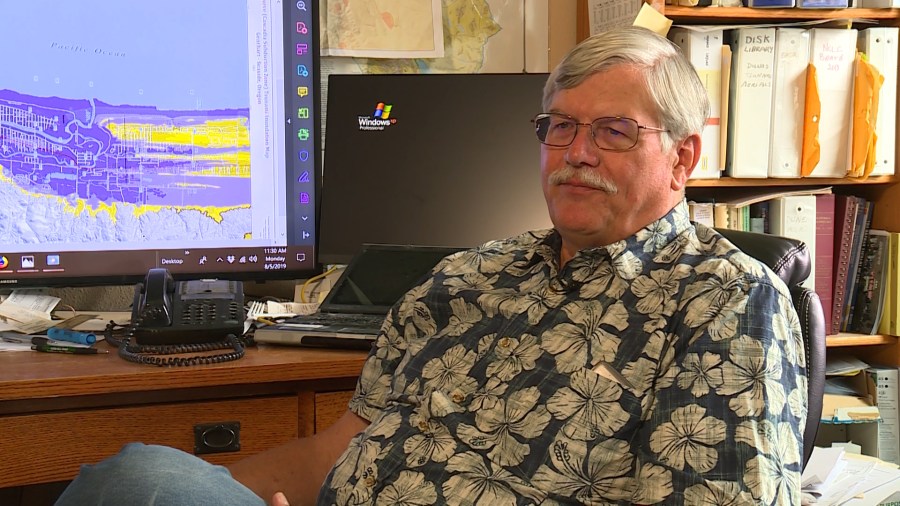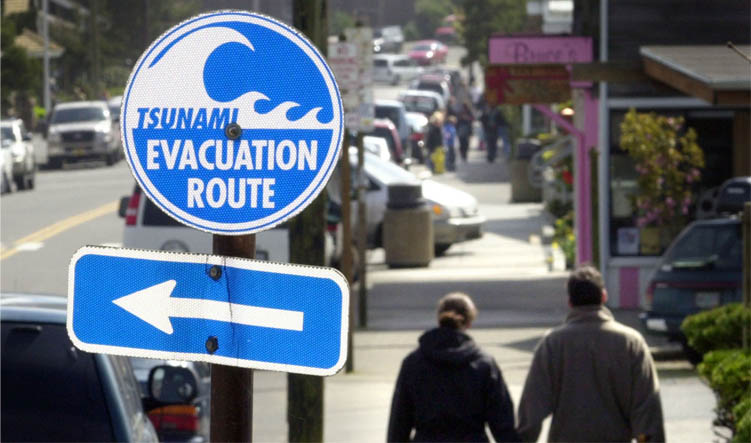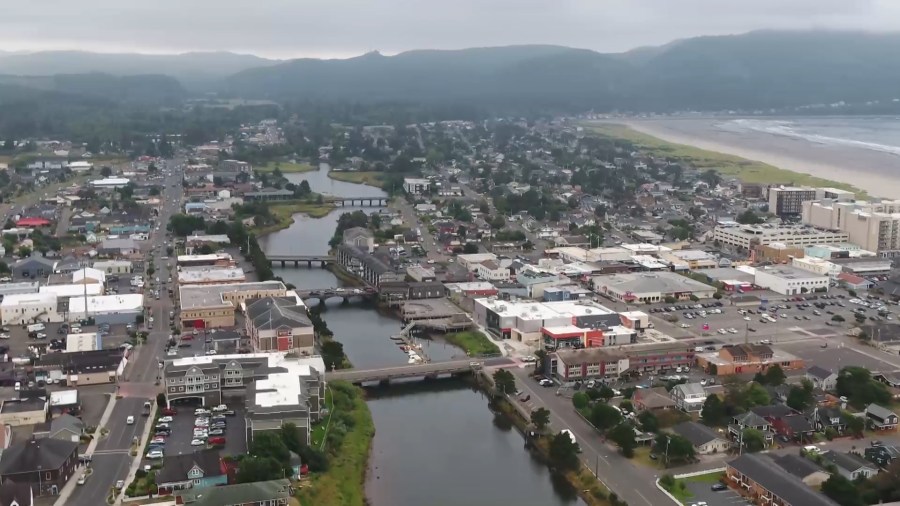SEASIDE, Ore. (KOIN) — The Cascadia Subduction Zone earthquake could claim thousands of lives, but many experts believe the tsunami it triggers could be even deadlier.
A tsunami isn’t just one wave. It’s a series of extremely large and long waves. In the event of a Cascadia earthquake, people will have about 20 minutes from the time the earth starts shaking until the tsunami hits to reach high ground; less, considering the fact you probably won’t be able to run until the ground stops shaking.
More than 30,000 Oregonians live in what’s known as the tsunami inundation zone. During the tourist season, some 60,000 extra people could be on the Oregon coast.

Tom Horning, a geologist and Seaside city councilor, thinks about the threat of a tsunami every day.
“I think about it for my personal lifestyle issues and for the community lifestyle issues,” he said.
While it’s impossible to predict exact numbers, experts say Seaside is likely to have the most casualties, partly because it is so flat. When the wave reaches the shore, it could be anywhere from 25 feet to 100 feet high.
“You do not want to be in that water,” Horning said. “People don’t just drown, they are frequently crushed and ground up by lumber and all this material that gets picked up by the water and transported along with it. It’s got ballistic properties. Water doing 20 miles an hour hits you with a 10,000 pound log, it’s going to do serious damage. You want to be out of the way.”

City leaders in Seaside have tried to make it easier to get out of the way, marking evacuation routes with signs and even symbols painted on the street. KOIN 6 drove one of the evacuation routes. It took about a mile and a half to get to high ground from 12th Avenue near the beach. If faced with a real tsunami, you won’t want to drive.
“There will be a traffic jam like you can’t believe,” Horning said. “It’ll be the mother of all traffic jams. You can’t make it.”
Many coastal bridges, including those holding up Highway 101, are expected to fail in a major earthquake. It’s another reason Seaside is in a uniquely risky position.
“Seaside has two major rivers, running parallel to the beach running north to south,” Horning said. “If those bridges were to fall down during an earthquake people would be trapped and there wouldn’t be enough time to avoid the tsunami.”
Horning said the city has four bridges that could withstand a severe earthquake, but several more are waiting for fixes.
“We’ve been waiting a long time and the money’s not coming,” he said.
Oregon’s ‘vulnerable’ infrastructure
Oregon’s Department of Transportation is very frank about the state’s infrastructure.
“It’s not very prepared at all,” ODOT Deputy Director Paul Mather told KOIN 6. “If we had the earthquake today, virtually every route in western Oregon would be compromised.”
By their numbers, 138 bridges need to be completely replaced. About 50 of those are on the coast. More than 500 additional bridges need to be rehabilitated or retrofitted. There are also more than a thousand landslide and rockfall dangers to be mitigated.
“It’s been relatively recent that we’ve discovered this Cascadia earthquake, so many of our bridges predate that discovery, back to the ’40s, ’50s, ’60s and ’70s,” Mather said. “It wasn’t until the ’80s and ’90s before we began to appreciate the magnitude of this earthquake and the effect it’s gonna have so we’ve been playing catch-up ever since.”
The agency has a five-phase plan to beef up Oregon’s roads, but coastal highways and bridges don’t start showing up until Phase 2, and Seaside doesn’t appear until Phase 4.
Instead, interstates and highways leading to the Redmond airport take priority.

“[The] Redmond airport was chosen because of its location away from the event and the damage that’s gonna happen on the coast,” Mather said. “So it should be, and it’s predicted to be secure in a place that’s large enough to handle the response efforts.”
The phases build out from there, but based on available funding, ODOT says it will be decades before they are complete.
In case we don’t have 50 years or longer before the Big One hits, Horning has been urging the city council to increase the room tax on hotels to pay for repairs. So far, the council hasn’t gotten on board. Horning says a ballot initiative may be in order.
“If the citizens don’t want to do it, that’s fine,” he said. “They made the ultimate decision. They can suffer the ultimate consequences.”
In the meantime, Horning said he is optimistic about preparedness among coastal communities.
“There’s a pretty deep understanding on the part of the public that there is an earthquake and tsunami hazard at the coast,” he said.

- Find tsunami evacuation maps for communities in Oregon.
- The Department of Natural Resources has tsunami evacuation maps for Washington.
- See if you’re in an inundation zone here.